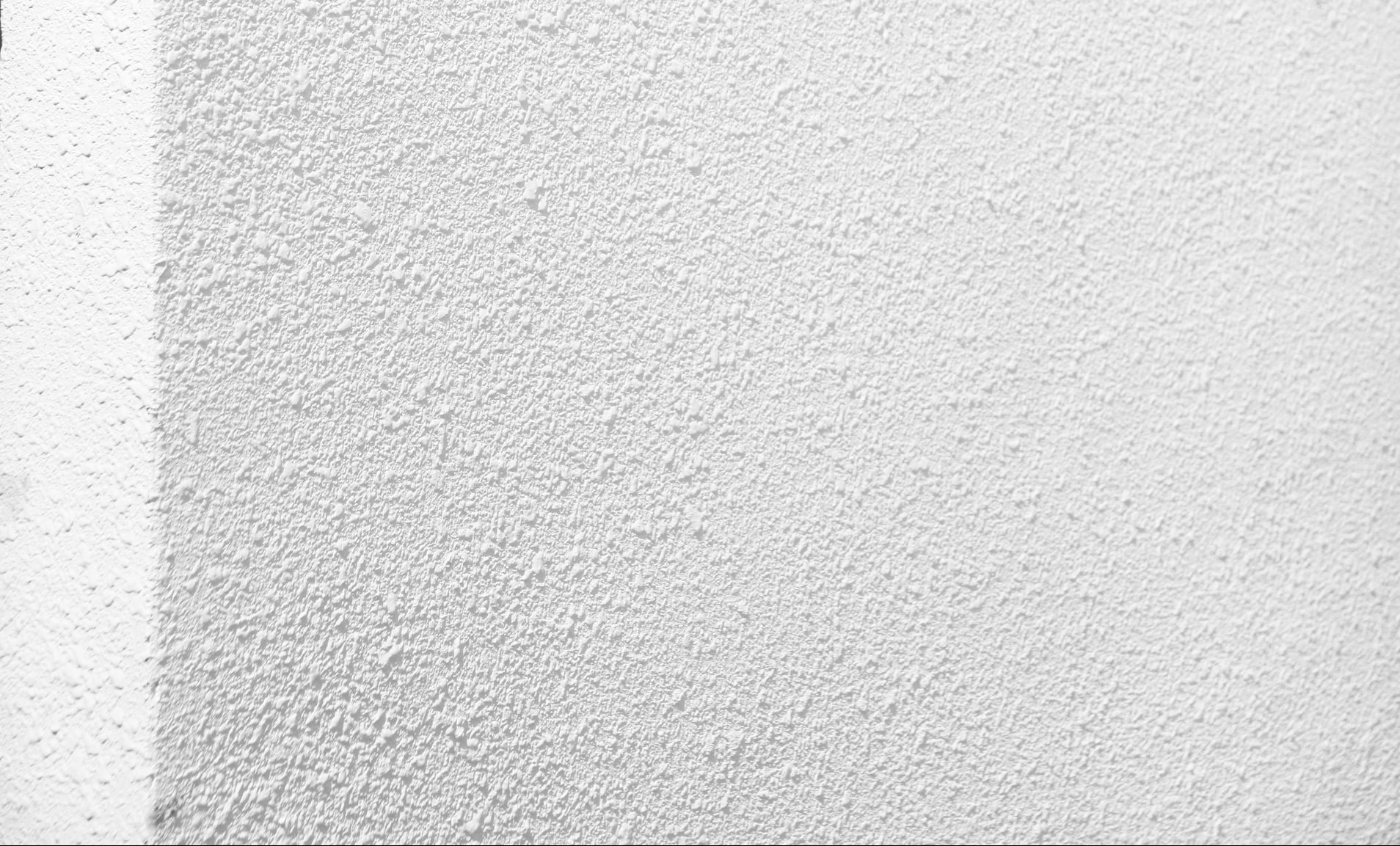What is drywall made of? What is drywall mud? What is moisture-resistant drywall? These are the top questions that people have about drywalls, especially when they are about to purchase and install drywalls themselves at home or in commercial spaces.
Drywalls come in a variety of names from the custard board to sheetrock to plasterboard. The essential material for the manufacture of drywall is gypsum, and the gypsum may have been combined with a variety of other materials to make the drywall more resistant to moisture and mildew. Fire-resistant material may also have been integrated into the drywall for obvious reasons.
The use of drywall became more pronounced in the mid-20th century as people looked for more economical methods of putting up walls. Previously, people made us of lath and plaster instead of prefabricated drywalls. Eventually, contractors realized that they could construct houses of the same scale at 1/10 of the time needed using drywall.
Drywalls are also easier to procure, install, and damaged spots of drywall can easily be repaired at a fraction of the cost. Due to how economical it is to use drywall, it is no small wonder that people have shifted to it almost entirely in the United States.
To use drywall, you will first need to take some measurements of the space that needs to be covered. Take the total of your measurement and multiply by 20% so that you will have some allowance. Divide the total square-foot measurements (including the +20% allowance) by 32 feet to obtain the number of drywall boards you will need to purchase for the current project.
The joint compound is used as a spackle during drywall installations, and it typically takes 24 hours for the joint compound to cure. Drywall mud, on the other hand, is used to cover fiber mesh and seams between boards. Drywall mud is the preferred material when boards are installed side by side.
To facilitate cutting of the drywall boards, always use a drywall saw, which is specially designed to grip and slice through the material easily. We recommend making the majority of the necessary cuts before you start installing anything, especially if you are working alone. Drywall boards can be heavy, and unless you are using a mechanical lifter/installer, it’s not going to be an easy task.
If you are using wooden studs, the drywall boards should be installed horizontally. Metal studs work best with vertical board installations. The reason for this is that wooden studs ten to warp in time, and installing boards horizontally requires that you punch in more wooden studs. So more wooden studs will be holding up the board, and the risk of the boards falling is minimized because there are more supports available.
Types of Drywall
Based on Fire Resistance
- Type X drywall
Type X drywall is a type of drywall fabricated with gypsum and specialized fiberglass.
The fiberglass is interspersed within the core of the board. The theory behind the design is that it takes longer for the Type X drywall to crack during a fire as it deflects water used to put out the fire. This greatly increases the effectiveness of the drywall’s fire resistance before it hits the point of failure.
- Type C drywall
Type C drywall is more fire-resistant than Type X drywall. The fabrication process is essentially the same, but it contains more specialized fiberglass by weight.
Type C drywall also has the added benefit of having vermiculite, which reacts differently to fire and high temperatures compared to other materials. In the event of a fire, the vermiculite expands.
This helps maintain the integrity of the drywall as it is assaulted by fire. This gives the homeowner or property owner more time to get help to put out the fire. While the drywall will likely blacken in some areas, the walls won’t collapse immediately during a fire, which overall will help salvage the structure and some of the possessions inside.
Other Variations of Drywall
- Regular drywall
Also called whiteboard, this is the standard drywall for homes and other structures. The thickness of the whiteboard ranges from 6.3 mm to 19 mm.
- Greenboard
Greenboard drywall contains an oil-based additive that protects the material from the effects of consistent moisture in the environment. This type of drywall is more appropriate for spaces like washrooms, where you can expect a lot of water to be present. Green boards are so-called because a green paper covers them with the protective additive enclosed.
- Blueboard
The Blueboard was designed to complement plaster, and like the Greenboard, it has better resistance to moisture, humidity, and water in general.
- Cement board
The cement board is used for spaces like saunas and spas, where the temperature, moisture, and humidity can exceed what is typically found in residential and commercial establishments. The cement board usually stands as a foundation or base for tiles and ceramic installations.
- Soundproof drywall
A particularly important type of drywall, soundproof drywall is used to insulate rooms from noise from adjoining or nearby rooms. This is a laminated type of drywall that is still manufactured with gypsum but is boosted with materials like polymers to increase its rating for sound transmission. Soundboard is another variation of soundproof drywall that is made chiefly from wood.
- Lead-lined board
Lead-lined boards are used primarily in x-ray rooms because they can resist the x-rays coming from the machine. Lead-lined boards can also be used anywhere where radiation is present, like therapy rooms for cancer patients and the like.
- Controlled density drywall
CD drywall is thinner than regular drywall because it is meant to be installed at the ceiling. It is lighter but stiffer than regular drywall, too.
- EcoRock drywall
EcoRock drywall is manufactured with a variety of materials like slag and kiln dust and is advertised as a more environmentally friendly way to make drywalls for different structures.

